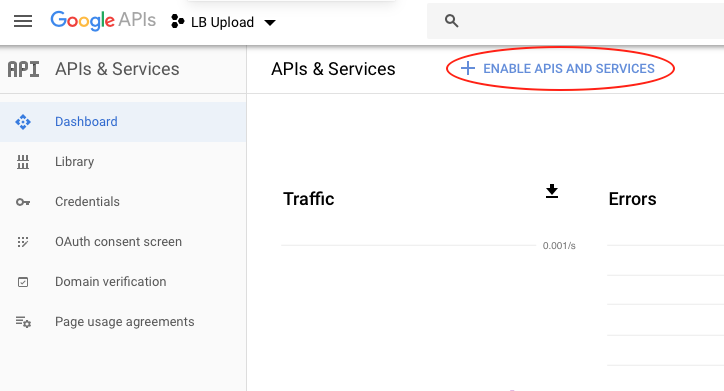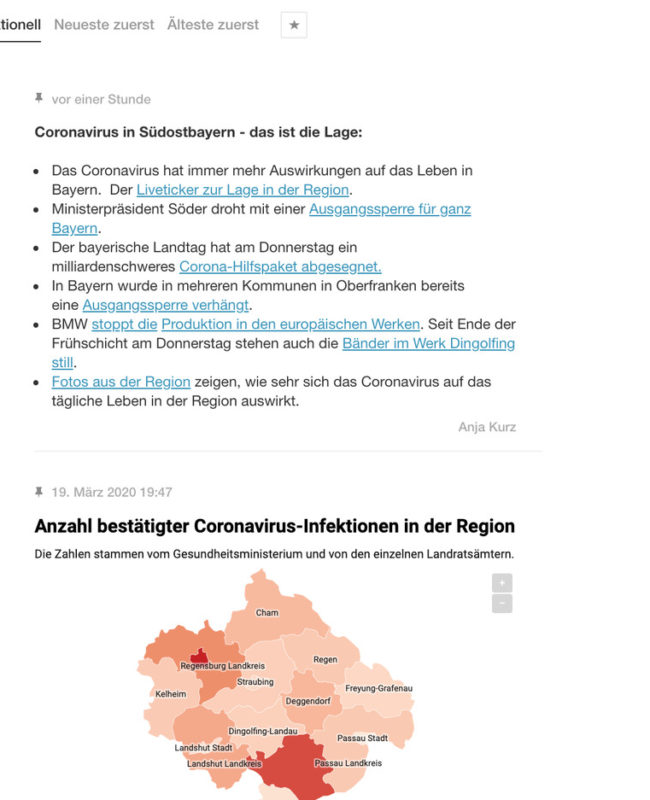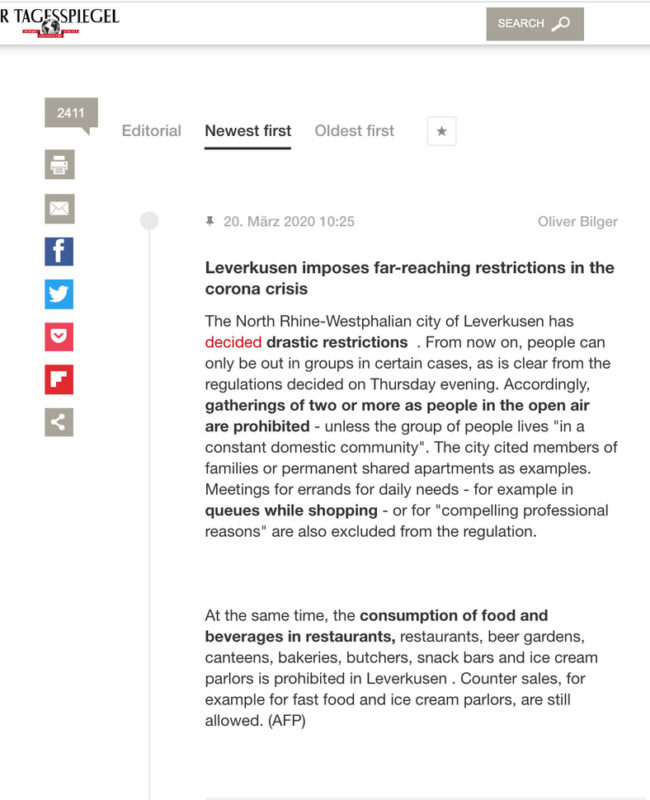by Todd Jatras | Mar 26, 2020
Notice: Trying to get property 'name' of non-object in /var/www/liveblogpro/wp-content/themes/launchkit/archive.php on line 4
March 26, 2020
How To Upload Videos to YouTube Directly from Live Blog

How To Upload Videos to YouTube Directly from Live Blog
There are many reasons why you should be using videos in your live blogs, chief among them is providing readers with a fuller, visual perspective on the story at hand. Adding videos to your timeline also has an immediate impact on SEO efforts, as search engines tend to give a higher ranking to pages containing rich media, which in turn drives higher organic traffic and reader engagement. Our live blogging software gives you the option to do exactly that.
With that in mind, our recent release of Live Blog 3.6 included the ability to link your blog to a YouTube account and set it up to simultaneously upload videos there as you post them to your timeline.
Read on for a step-by-step guide to linking your Live Blog and YouTube accounts in five easy steps.
Step 1:
First, to set this up successfully, you will need to have administrative access for your Live Blog instance. You also need to have an active Google/YouTube account. Since Google own Youtube, you must have a Google account to set up Youtube. If you don’t already have an account, go to google.com and register for one, then sign in and go to https://console.developers.google.com/.
Step 2:
On the top left-hand side of this page (see below), pull down the “Select Project” menu and click “NEW PROJECT”. In the “Project name” field, give your project an easy-to-remember name like “LB YouTube”, then click the “CREATE” button.

Step 3:
On the Google console page, click “+ENABLE APIS AND SERVICES” (below), which takes you to the API Library page. Scroll down the page and select “YouTube API v3”, then click the “ENABLE” button.
Step 4:
Now go to Credentials under APIs & Services (see below), click the “+CREATE CREDENTIALS” menu at the top of the page and select “OAuth client ID”. For application type, select “web application”. In the “Authorized redirect URLs” field, enter the redirect URL for your Live Blog instance (example: https://demo.liveblog.pro/api/video_upload/oauth2callback) and click the “CREATE” button. Do not include a backslash on the end of the URL or you will receive an error message.
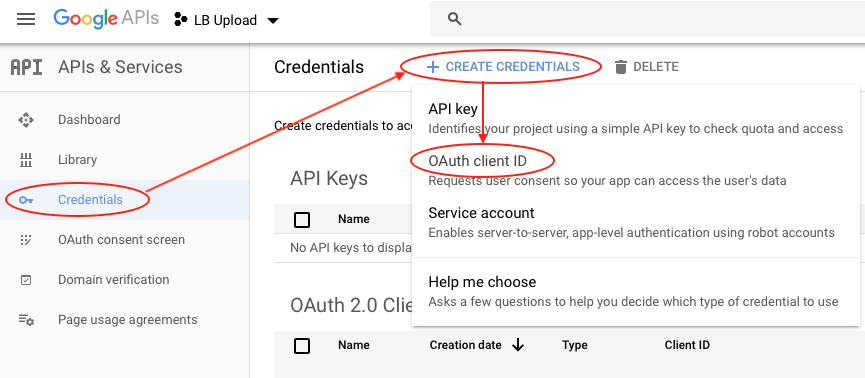
Step 5:
Now that you have YouTube credentials (Client ID and secret code), download the file containing them by clicking the “DOWNLOAD JSON” button on the top of the page or the arrow down icon. Finally, go to Live Blog (see below), choose any blog you’ve created there (see below) and click “ADD CONTENT HERE”, select “Video”, then click “UPDATE CREDENTIALS” and follow the directions to upload the JSON file you downloaded.
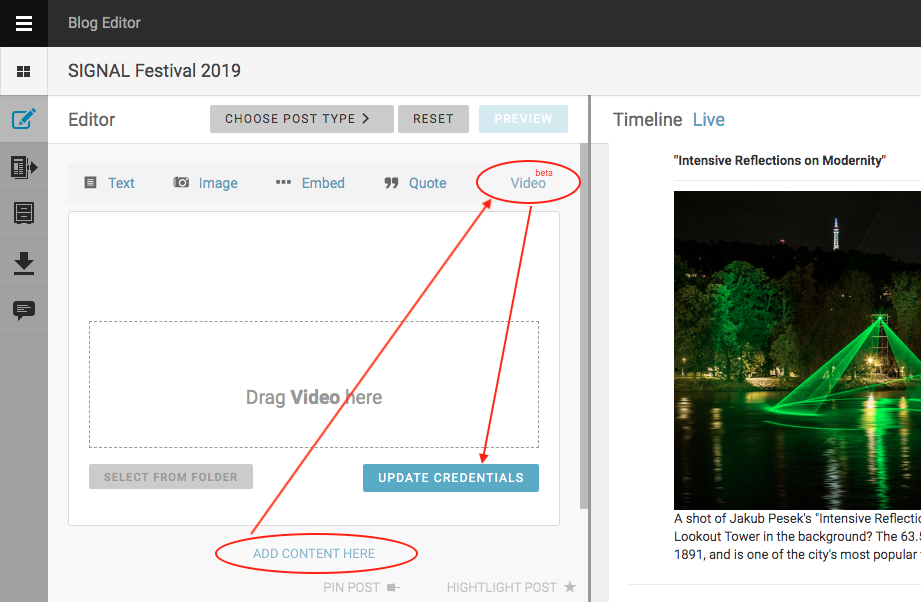
And there you have it. Now, when you post a video to your timeline by dropping it into the “Drag Video here” zone (above), it will be automatically uploaded to your YouTube account.
If you are not yet a Live Blog user and you’re looking for live blogging software to cover real-time news, you can try Live Blog for free here, no strings attached.
March 20, 2020
Covering the Coronavirus: Live Blog Use Cases

CASE STUDIES
Covering the Coronavirus: Live Blog Use Cases
by Gregory Bruno | March 20, 2020
As the global coronavirus pandemic continues to spread, journalists are getting creative in their efforts to keep audiences informed. Quarantined to their own two-metre bubbles, reporters are working from home with hacked gear in make-shift studios. Data sharing partnerships are cropping up online, and in the US state of Oregon, news outlets are even dropping the pretence of competition to cross-post stories and eliminate the need to duplicate work.
Software is helping these innovations along. To cover one of the biggest news events in modern memory, newsrooms are turning to technology that is cloud based, flexible, and collaborative. Live Blog, Sourcefabric’s professional live blogging platform, is among the open-source tools that is helping to power these journalistic efforts.
In recent weeks, the number of Live Blog clients using our live blogging platform to bring updates to their audiences has surged. While newsrooms have long used live blogs to record fast-changing news stories, like national elections and terror attacks, the need to produce snippets of content on deadline has made live blogging the medium of choice for virus-related updates.
A web-based digital tool designed for remote teams
What makes Live Blog a perfect platform for this work-for-home era is its flexibility. Not only is it adept at surfacing multimedia and other content quickly, it is also optimised for remote teams. With a connected mobile app (the Live Blog Reporter) and collaborative workflows, Live Blog is a great tool for geographically dispersed teams.
Below are a few examples of major European news organisations using Live Blog to anchor their coronavirus coverage:
- Deutsche Presse-Agentur (dpa), the German news agency, is syndicating its Live Blog coverage of the pandemic to customers and clients with a variety of specialised live blogs providing minute-by-minute updates on how the disease is affecting Germany and the world.
- Austria Presse Agentur (APA), the Austrian press agency, is also keeping client publishers updated with their own syndicated Live Blog. One newspaper, Wiener Zeitung, is heavily featuring APA’s Live Blog content, which is packed with stats, updates, and interviews with experts.
- And at the German news site Zeit Online, reporters have been filing short coronavirus-related stories to a dedicated Live Blog since March 11. By mid-day on March 18, the blog had recorded more than 15,500 comments.
- Other examples of pandemic-themed Live Blogs can be found at the Norwegian online newspaper ABC Nyheter, and a German news site Tagesspiegel.
Technology for the needs of news media
We’ve put together a short guide of tips, tricks and best practices on how expert journalists use live blogs to cover crises:
Journalists will always be essential to bringing news to their audiences, and as the level of creativity and cooperation during the coronavirus crisis demonstrates, no technology can replace the human factor in news. But better tools can make journalists’ jobs more manageable. At Sourcefabric, we’re honoured to be playing a role in chronicling one of this generation’s most consequential events.
